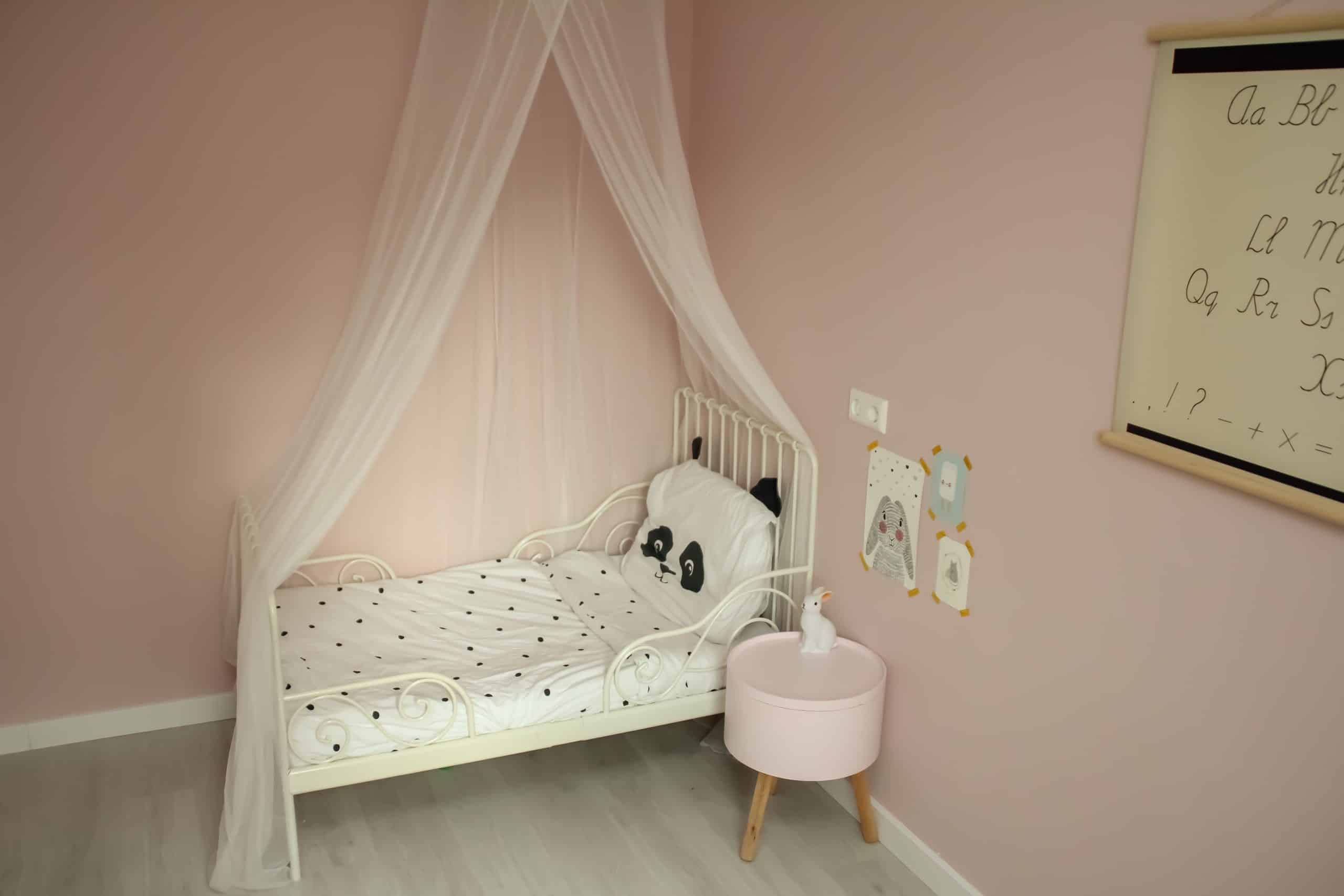What are the best tips for designing an eco-friendly nursery?

Designing a nursery for your upcoming baby is an exciting milestone. Among the plethora of choices available, making decisions about the room’s design, decor, and furniture can be dizzying. However, as conscious consumers, you’re possibly interested in creating an eco-friendly space. This not only contributes to the wellness of the environment but also ensures a healthy and safe environment for your child. This article provides key tips to design an eco-friendly nursery, covering a range of topics from choosing sustainable furniture to selecting organic wallpapers.
Tip 1: Choosing Eco-Friendly Furniture
The first step in designing an eco-friendly nursery is to select the right furniture. The central piece of furniture in a nursery is the crib, and it’s crucial to choose a crib that not only fits your aesthetic but is also eco-friendly. Several brands specialize in sustainable and organic cribs, offering options that are constructed from sustainably sourced wood and finished with non-toxic, low VOC (Volatile Organic Compounds) paints.
Lire également : How can you design a balcony for privacy and relaxation?
Besides the crib, consider other pieces of furniture like a changing table, dresser, and rocking chair. Just like with the crib, look for items made from sustainably harvested wood or wood alternatives like bamboo. Be wary of furniture that is heavily varnished or painted, as these often contain harmful chemicals. Instead, opt for furniture finished with natural oils or waxes.
Tip 2: Opting for Organic and Eco-Friendly Decor
When it comes to decorating the nursery, there are many eco-friendly options to choose from. Firstly, consider selecting organic textiles for curtains, bedding, and rugs. Organic textiles are produced without harmful pesticides and chemicals, making them a safer choice for your baby’s sensitive skin.
Sujet a lire : What are the top landscaping trends for urban gardens?
In addition, consider including plants in your nursery decor. Not only do they add a touch of nature to the room, but they can also improve air quality. However, remember to choose child-friendly plants that are non-toxic and easy to maintain.
Lastly, for wall decorations, opt for eco-friendly options like wooden wall art or decorations made from recycled materials. Avoid plastic decorations as they not only contribute to environmental pollution but may also release harmful toxins.
Tip 3: Selecting Sustainable Wall Coverings
Another essential aspect of nursery design is wall coverings. Wallpaper is a popular choice for many, offering a quick and easy way to add color and pattern to the room. However, many wallpapers are not eco-friendly, containing PVC and other harmful chemicals.
Fortunately, there are many brands that offer eco-friendly and organic wallpapers. These wallpapers are made from sustainably sourced paper and printed using water-based, non-toxic inks.
If wallpaper is not your cup of tea, consider painting the room. Choose paints that are low in VOCs and free from harmful chemicals. There are numerous brands that offer eco-friendly paints in a wide range of colors.
Tip 4: Implementing Eco-Friendly Lighting
Lighting is another area where you can make eco-friendly choices. Firstly, make the most of natural light. Not only is it free, but natural light can also create a warm and welcoming atmosphere in the room.
For artificial lighting, choose LED bulbs over traditional ones. LED bulbs are more energy-efficient and have a significantly longer lifespan, reducing their environmental impact.
Also, consider incorporating lighting control systems such as dimmers or timers. These tools can help you manage your energy usage more efficiently, preventing unnecessary wastage.
Tip 5: Shopping at Eco-Friendly Stores
Finally, where you shop for your nursery items can also have an impact on the environment. Seek out stores that prioritize sustainability. Many shops today are committed to reducing their carbon footprint by offering products made from recycled materials, limiting their use of plastic packaging, and supporting fair trade practices.
Moreover, don’t forget the power of second-hand shopping. Many baby items are used for a short period and are often in good condition. By buying second-hand, you can save money and reduce the demand for new products, leading to lesser environmental impact.
Designing an eco-friendly nursery may take a bit more effort, but the benefits are well worth it. Not only will you be creating a safe and healthy space for your baby, but you’ll also be making a positive contribution to the environment. Remember, every small step counts, and every choice you make can make a difference.
Tip 6: Choosing Low-Emission, Greenguard Gold Certified Products
When it comes to decorating your baby’s room, one of the key considerations is the quality of the air in the room. Unfortunately, many traditional nursery items emit harmful chemicals, which can affect the air quality.
This is where Greenguard Gold certified products come in. Greenguard Gold certified products meet some of the world’s most rigorous, third-party chemical emissions standards. They’ve been tested and certified to have low chemical emissions, which means they’re healthier for your baby to be around.
This certification covers a range of products including furniture, bedding, paint, and even toys. A Greenguard Gold certified crib, for example, ensures that your baby’s sleeping space is free from harmful chemical emissions. Similarly, a Greenguard Gold certified changing table ensures that diaper-changing sessions are as safe as can be for your baby’s health.
Thus, when shopping for your nursery, looking for the Greenguard Gold certified label is a reliable way to ensure you are making the most eco-friendly choices.
Tip 7: Hiring an Eco-Friendly Interior Designer
If you’re feeling overwhelmed by the plethora of eco-friendly nursery ideas, consider hiring a professional. An eco-friendly interior designer can be a significant asset in creating your dream nursery, making the process less stressful and more enjoyable.
These professionals have a wealth of knowledge and experience in sustainable design, and can guide you in making eco-friendly choices that align with your personal style. They can also help you source materials and products that are not only environmentally friendly, but are also durable and high quality. They understand the importance of creating spaces that are beautiful, functional and sustainable.
Moreover, interior designers can help you see the big picture, ensuring that every element in your baby nursery, from the paint color to the window treatments, contributes to a cohesive, eco-friendly design.
Remember to do your research before hiring an interior designer. Check their credentials, ask for references, and ensure they have experience in designing eco-friendly spaces.
Conclusion
Designing an eco-friendly nursery is not just about the aesthetics, but it’s also about creating a healthy environment for your baby. By choosing sustainable furniture, opting for organic decor, selecting eco-friendly wall coverings, implementing energy-efficient lighting, shopping at eco-friendly stores, choosing Greenguard Gold certified products, and possibly even hiring an eco-friendly interior designer, you’re taking significant steps towards achieving this.
While it might seem daunting at first, remember that each eco-friendly choice you make contributes to a healthier planet and a safer space for your little one. So, take one step at a time and enjoy the process. After all, designing your baby’s nursery should be a rewarding experience, paving the way for many beautiful memories to come. Happy designing!
